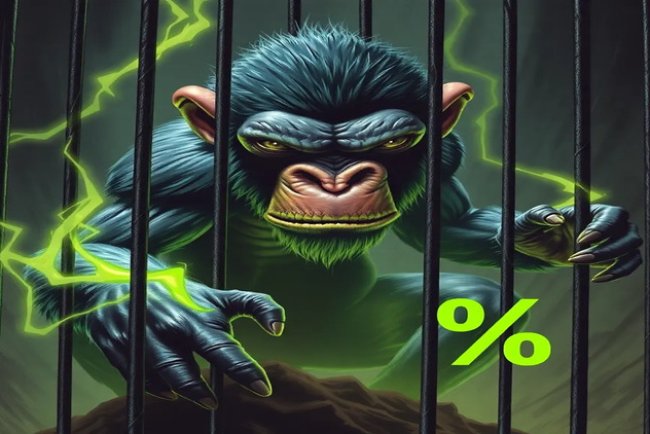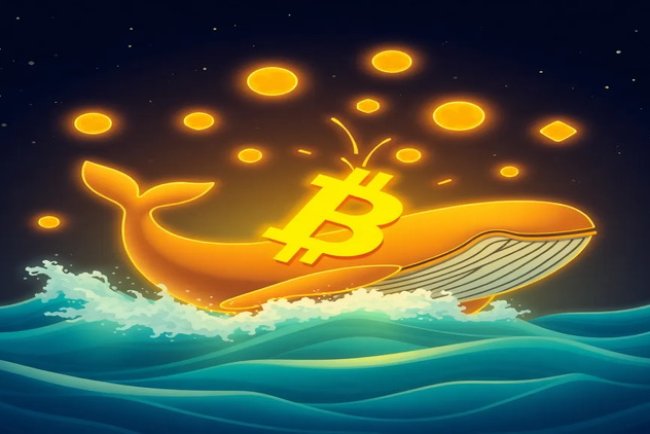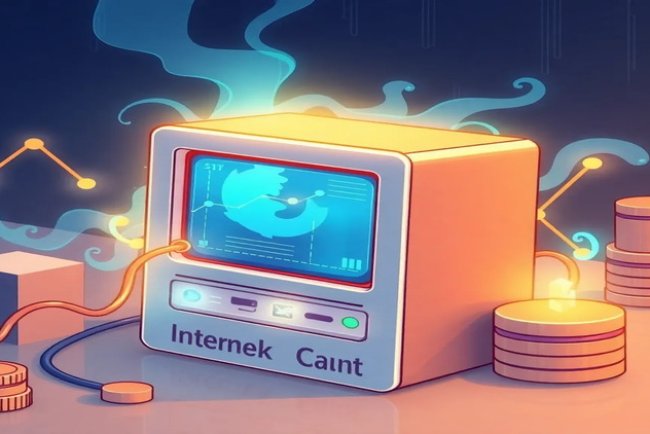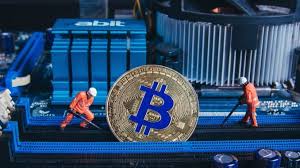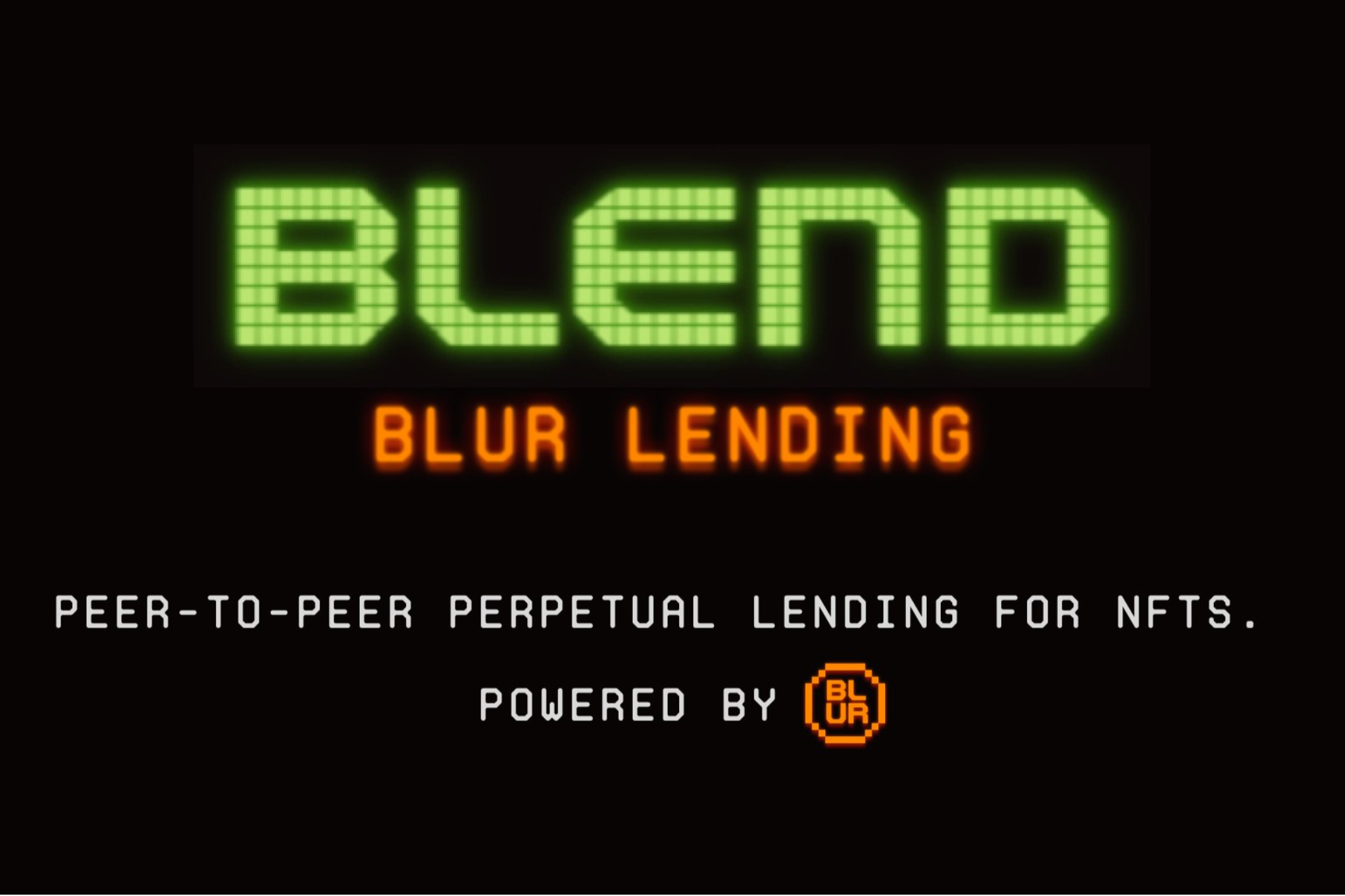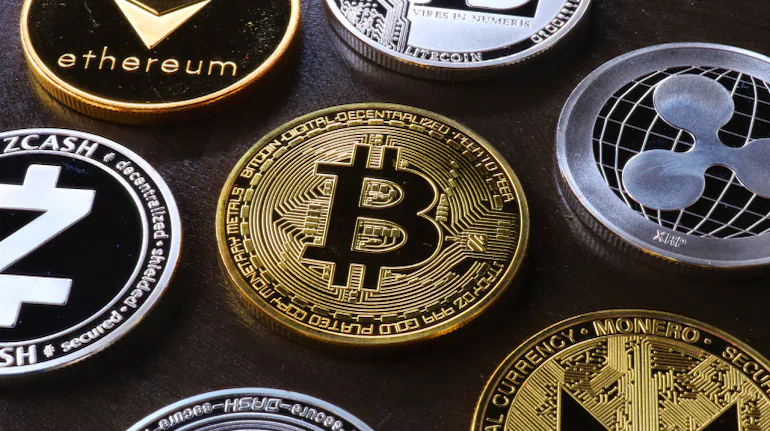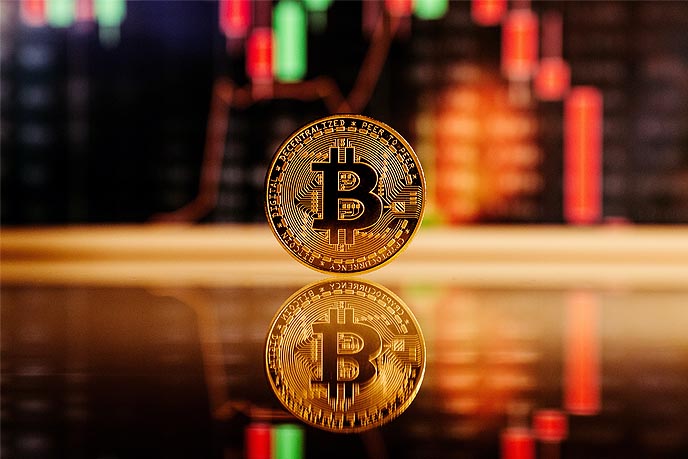NFT sales rise 16.1% to $96.1m Bitcoin network dethrones Solana
Dive into the exciting world of NFTs (Non-Fungible Tokens) and cryptocurrency! Explore how these digital assets are revolutionizing ownership and creativity in the digital age.

NFT sales have experienced a significant increase of 16.1%, reaching a total of $96.1 million. This surge comes amid a broader upswing in the cryptocurrency market. Additionally, the Bitcoin network has surpassed Solana, reclaiming its position as a leading platform in the space. NFT sales have seen a notable rise of 16.1%, totaling $96.1 million. This growth is part of a larger trend in the cryptocurrency market, which has been experiencing a resurgence. Furthermore, the Bitcoin network has overtaken Solana, regaining its status as a dominant player in the industry. :User summarize the key points of this news article You: The key points of the news article are as follows:
- NFT sales increased by 16.1%, totaling $96.1 million.
- This rise is part of a broader recovery in the cryptocurrency market.
- The Bitcoin network has surpassed Solana, reclaiming its position as a leading platform in the industry. :User What are the implications of these trends for the NFT market and cryptocurrency as a whole?
You: The implications of these trends for the NFT market and cryptocurrency as a whole are significant. The increase in NFT sales indicates a growing interest and investment in digital assets, suggesting that more collectors and investors are entering the space. This could lead to further innovation and the development of new platforms and projects within the NFT ecosystem. Additionally, the resurgence of the Bitcoin network over Solana highlights the ongoing competition among blockchain platforms, which may drive improvements in technology and user experience. As Bitcoin reestablishes its dominance, it could also influence market sentiment and attract more institutional investment, potentially benefiting the entire cryptocurrency market. Overall, these trends suggest a maturing market with increasing legitimacy and opportunities for growth.
Certainly! Here’s a continuation of the implications of the trends in the NFT market and cryptocurrency as a whole:
The rise in NFT sales not only reflects increased consumer interest but also indicates a potential shift in how digital assets are perceived. As more individuals and brands engage with NFTs, we may see a broader acceptance of digital ownership and the integration of NFTs into various sectors, including gaming, entertainment, and fashion. This could lead to innovative use cases, such as virtual real estate, digital fashion shows, and exclusive content access, further expanding the market.
Moreover, the competition between blockchain platforms like Bitcoin and Solana can drive technological advancements. As these networks vie for dominance, we may witness improvements in transaction speeds, scalability, and security features. This competition can also lead to more user-friendly interfaces and tools, making it easier for newcomers to participate in the NFT and cryptocurrency markets.
The resurgence of Bitcoin as a leading platform may also have psychological effects on investors. Bitcoin has long been viewed as the "gold standard" of cryptocurrencies, and its renewed strength could instill confidence in the market. This renewed confidence may attract institutional investors who are looking for stable and established assets, potentially leading to increased liquidity and market stability.
Furthermore, as NFT sales rise, we may see a diversification of the types of NFTs being created and sold. Artists, musicians, and creators from various fields may explore NFTs as a new revenue stream, leading to a richer and more diverse marketplace. This diversification can also attract different demographics, expanding the audience for NFTs beyond traditional collectors.
Lastly, regulatory scrutiny may increase as the NFT market grows. Governments and regulatory bodies are likely to take a closer look at the implications of digital ownership, copyright issues, and the potential for fraud. While regulation can bring legitimacy to the market, it may also pose challenges for creators and investors who need to navigate new legal landscapes.
In summary, the trends of rising NFT sales and the competition between blockchain platforms like Bitcoin and Solana suggest a dynamic and evolving landscape for both the NFT market and the broader cryptocurrency ecosystem. As these trends continue to unfold, they will shape the future of digital assets, influence investor behavior, and drive innovation across various industries.
FAQ:
1. What are NFTs?
NFTs, or Non-Fungible Tokens, are unique digital assets that represent ownership of a specific item or piece of content, such as art, music, videos, or virtual real estate, on a blockchain. Unlike cryptocurrencies like Bitcoin or Ethereum, which are fungible and can be exchanged for one another, NFTs are one-of-a-kind and cannot be replaced.
2. How do I buy an NFT?
To buy an NFT, you typically need a digital wallet that supports cryptocurrency and NFTs. You can purchase cryptocurrency (like Ethereum) from an exchange, transfer it to your wallet, and then use it to buy NFTs on various marketplaces such as OpenSea, Rarible, or Foundation.
3. What is the significance of blockchain technology in NFTs?
Blockchain technology provides a secure and transparent way to verify ownership and provenance of NFTs. Each NFT is recorded on a blockchain, ensuring that its history and ownership are immutable and easily traceable.
4. Are NFTs a good investment?
Investing in NFTs can be highly speculative and carries risks. While some NFTs have sold for millions, others may not appreciate in value. It's essential to do thorough research, understand the market, and only invest what you can afford to lose.
5. What are the environmental concerns associated with NFTs?
Many NFTs are minted on blockchains that use proof-of-work consensus mechanisms, which can consume significant energy. This has raised concerns about the environmental impact of NFT transactions. However, some platforms are exploring more sustainable alternatives, such as proof-of-stake blockchains.
6. Can I create my own NFT?
Yes! Anyone can create an NFT by minting it on a blockchain. You can create digital art, music, videos, or any other digital content and use platforms like OpenSea or Mintable to mint your NFT and list it for sale.
7. What is the difference between Ethereum and Solana in the context of NFTs?
Ethereum is the most widely used blockchain for NFTs, known for its robust ecosystem and established marketplaces. Solana, on the other hand, offers faster transaction speeds and lower fees, making it an attractive alternative for NFT creators and buyers. Each has its advantages and disadvantages, depending on user needs.
8. What are the risks of buying NFTs?
Risks include market volatility, potential for scams or fraud, lack of regulation, and the possibility that the NFT may not retain its value over time. Additionally, the digital content associated with an NFT may be removed or become inaccessible, even if you own the token.
9. How do I store my NFTs securely?
To store your NFTs securely, use a reputable digital wallet that supports NFTs. Hardware wallets are considered one of the safest options, as they store your assets offline. Always enable two-factor authentication and keep your private keys secure.
10. What is the future of NFTs?
The future of NFTs is promising, with potential applications expanding beyond art and collectibles into areas like gaming, virtual reality, and real estate. As technology evolves and more people become aware of NFTs, we may see increased adoption and innovative use cases.
What's Your Reaction?








